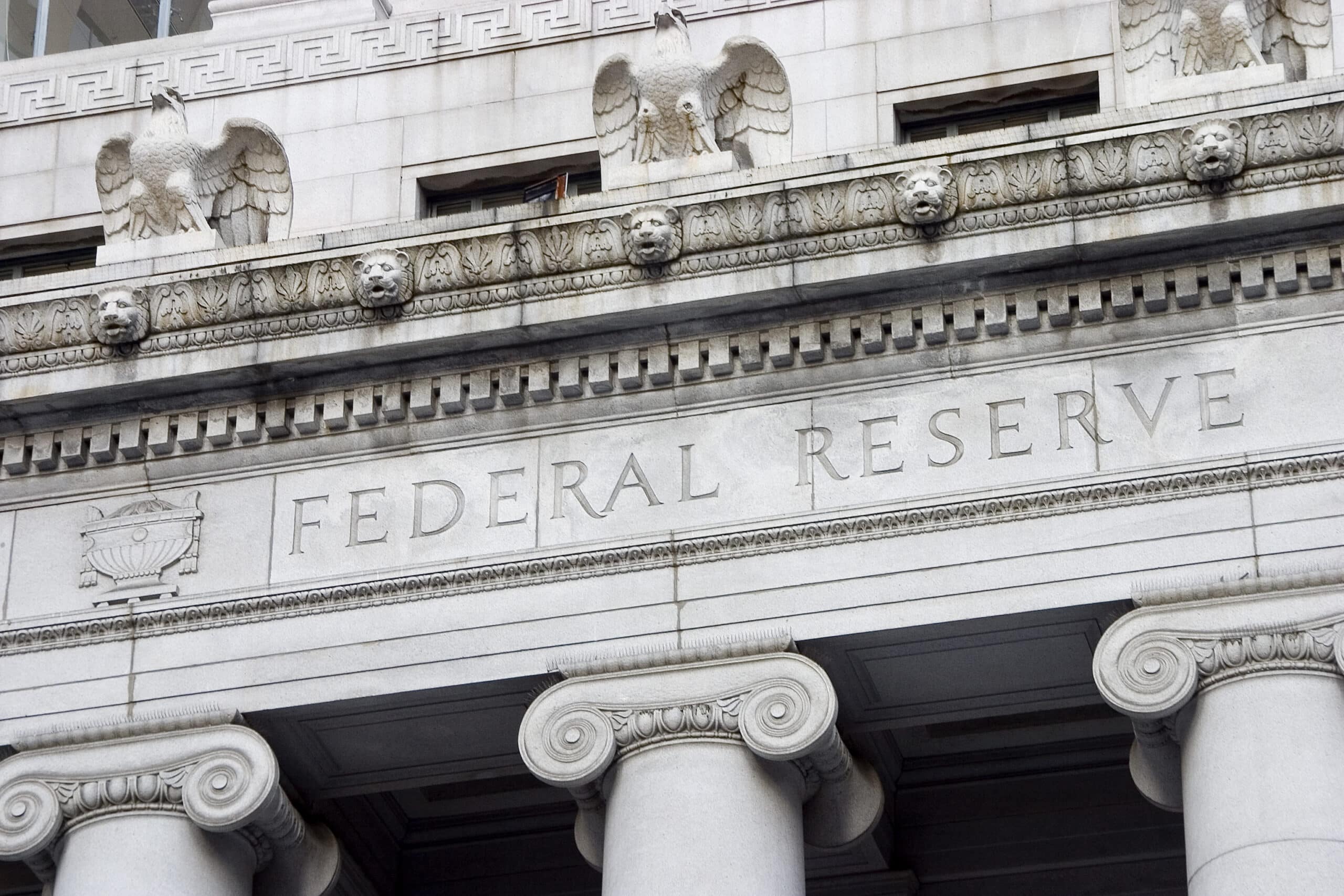Listen: Weekly Wrap discussion on sliding car sales, affordability
The Auto Finance News editors discuss the top stories for the week ending Sept. 9
As elevated vehicle prices and rising interest rates begin to deter consumers from purchasing new vehicles, there is a growing need for lenders to both expand their businesses and address affordability concerns. Solera, a Westlake, Texas-based vehicle lifecycle management solution provider, has partnered with fintech DigniFi to allow consumers to finance between $350 and $7,500 […]

Already subscribed? Log in















